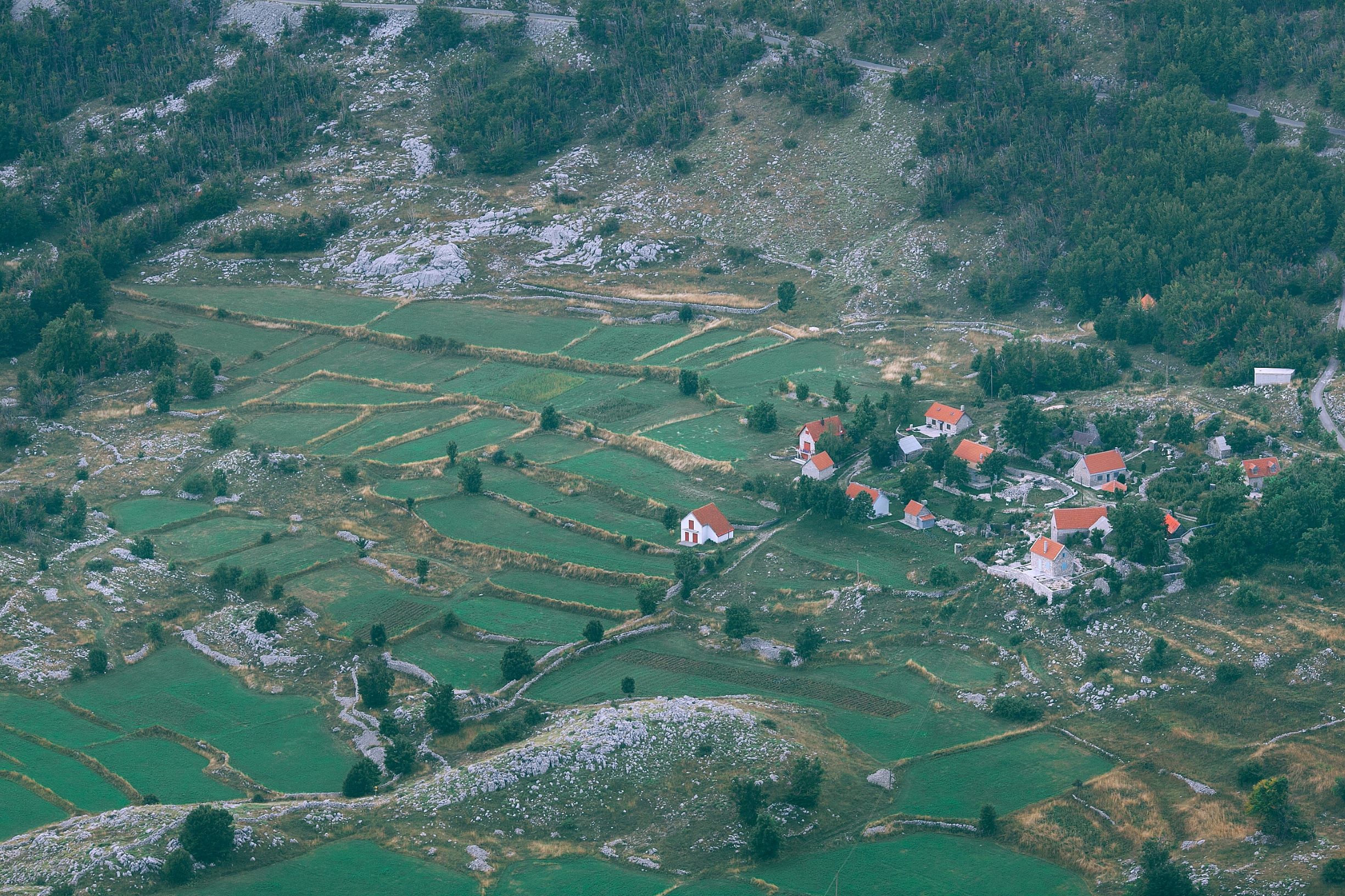
Rural fundraising can seem daunting, but, like fundraising in any town or city of any size, it’s all about building relationships.
When you ask for donations at the right time and in the right way, the money will follow.
Yet organizations serving rural communities need fundraising strategies that take into account the characteristics of small-town life and the smaller pool of local donors.
By understanding your community, you can tailor your fundraising plan to meet the needs and goals of prospective donors. And as prospective donors become actual donors, you will raise the money you need to fulfill your mission and change lives.
Challenges with Raising Money in Rural Communities
Rural fundraising can feel like a higher mountain to climb.
By understanding some of the challenges, you can develop an approach that works. See if any of these resonate with you:
- Fewer people to ask. To state the obvious, rural communities have smaller populations, which means a smaller donor pool. That makes it even more important that you understand your donors and have a plan for asking them for money in the right way and at the right time.
- People in rural communities feel like they are expected to support everything. Supporting your neighbors and being there for your community are basic principles of small-town life. That means prospective donors may already feel worn out with asks before you even introduce yourself. Make it a point to chat with prospective donors and find out what’s important to them if you can, even if you have to do it from a distance.
- A greater percent of low-income residents. Rural communities often face community-wide economic hardships such as limited job opportunities and lower high school and college graduation rates. As a result, a greater percent of residents may be getting by on limited budgets.Research your community and the economic challenges its residents experience, so you can talk about your work in ways that let people know they can be involved even if they cannot write a big check. Every dollar counts and often it’s people with the least amount to give away who are the most generous.
- Population decline. Many rural communities face population decline as younger residents move away, transferring wealth out of the community, often never to return.
- Residents may be spread out over greater distances. Supporters may have to travel farther to attend an event, making it more important that your event delivers on what it promises. Supporters need to believe the event and the cause are worth the drive.
- Technology may be limited: Internet access can be less reliable in rural areas, which can make attending virtual events and donating online frustrating. If you expect supporters to download an app to participate in your organization’s work, you may lose them.
Opportunities for Raising Money in Rural Communities
As you grow to understand the challenges residents face in your community, you will also see the benefits.
Many people choose to live in small towns because they love the less hectic lifestyle and strong sense of community. I live in a town of 5,000 people – six cars at a stop light is heavy traffic!
This sense of community can make all the difference in fundraising in a smaller town. Typically, everyone knows everyone and instead of six degrees of separation, it’s more like two.
Rural communities have a storied history of mobilizing around a single cause or need. When a young woman needed a heart transplant, residents of the Georgia rural community where her family had lived for generations helped raise money to cover what insurance would not, one bake sale brownie at a time.
Residents of rural towns commonly raise money for big-ticket items like school playgrounds and community theaters. They raise money so their neighbor can rebuild a house lost to fire or access life-saving medical care for a child with a chronic illness.
Communities that appear to have limited capacity often over-achieve. People come together for a common goal, often a cause that taps into the positive feelings that come from being part of a close-knit community.
Here are some opportunities within rural communities that you might be able to tap into when planning your fundraising strategy:
 People in rural areas, even those with lower incomes, tend to give to local causes. Residents in rural areas may not be able to give as much, but they often say yes when asked. Research shows that a smaller percent of rural residents may be able to give to nonprofits compared to residents of urban areas, but people of lesser means tend to give a greater percent of their income.
People in rural areas, even those with lower incomes, tend to give to local causes. Residents in rural areas may not be able to give as much, but they often say yes when asked. Research shows that a smaller percent of rural residents may be able to give to nonprofits compared to residents of urban areas, but people of lesser means tend to give a greater percent of their income.
- Rural towns usually have wealthy residents. Rural is not synonymous with poverty. Most rural areas have prosperous families who have lived in the community for generations. These families are asked repeatedly to give, but that doesn’t mean your organization cannot build relationships and win their support. And with our society being mobile, there may be millionaires next door that you haven’t met yet.
- Rural areas are often home to immigrant communities. Immigrants often give to organizations, especially those that support the immigrant community in ways that promote the hand-up-not-a-hand-out philosophy.
- Some rural areas have part-time residents: Some rural areas attract part-time residents seeking recreational opportunities like hunting and fishing or a quieter lifestyle during part of the year. These prospective donors are not as ingrained in the community, but they can still be nurtured as donors once you understand what drives them and when they are in town.
- Former residents may have a sentimental attachment to their former town. An often- overlooked prospective donor is the person who grew up in the rural area and moved away. You can find former residents via social media and other tools. They might have a sentimental attachment to their former town and appreciate the opportunity to support the community they once called home.
Characteristics of Rural Residents
While you don’t want to paint the people in your rural community with a broad brush, understanding some of the general characteristics of rural residents can help you share about your organization in ways that will resonate.
Here are some qualities you might find in your rural area:
- Giving is considered the right thing to do. Neighbors helping neighbors is expected. Sharing with those who have less is a way of life. Frame your organization’s work as a natural extension of your town’s custom. It’s just what people do.
- Giving is closely tied to church life. Your community’s churches often serve as meeting places where people come together to support a common goal or meet a pressing need. Partnering with local churches and being part of the faith community can go a long way in building trust. This works really well if your nonprofit is faith-based.
- Nonprofit organizations are viewed as vital to the community. In communities that have a lot of need and limited tax base for government services, nonprofit organizations are respected for providing needed services. Emphasize where your organization fits into the social services safety net in your community. If your organization did not exist, who would provide these services?
 Social networks are tightly woven and span generations. People in rural towns are likely to be in the know. In a small town, even one spread out over a large geographic area, news travels fast. Many people have known each other their whole lives, and their families are intertwined. Letting the right person know of a need your organization is working to fill can be more effective than a post on Facebook. If the right person knows, soon everyone will know. And winning the support of a person who knows everyone will pay dividends.
Social networks are tightly woven and span generations. People in rural towns are likely to be in the know. In a small town, even one spread out over a large geographic area, news travels fast. Many people have known each other their whole lives, and their families are intertwined. Letting the right person know of a need your organization is working to fill can be more effective than a post on Facebook. If the right person knows, soon everyone will know. And winning the support of a person who knows everyone will pay dividends.
- Rural residents value privacy and may be reluctant to share information about others. While everyone may know everyone, residents of small towns often protect each other. They may be uncomfortable having conversations about money and who might have some to spare. A more subtle approach works better, cultivating relationships over time and picking up tidbits of information that lead you to donors.
- Rural areas often have ties to a nearby city. How close is your nearest small city? Residents of cities are often sympathetic to stark disparities in rural communities in areas such as education and healthcare. They may care about your organization’s work even though they live 40 miles away.
3 Ways Rural Fundraising Is Just Like All Fundraising
 The basics of fundraising are true no matter what size community your organization serves.
The basics of fundraising are true no matter what size community your organization serves.
Understand your donors. Know why they give and what they want to get out of their relationship with your organization.
Talk up the good work your organization is doing. You cannot sit on the sidelines when it comes to talking about your organization’s work. With several organizations working to impress a smaller pool of donors, you have to communicate often and with stories that resonate.
Activate your network. Give your supporters many ways to get involved, many opportunities to engage with your work, and many reasons to love your organization.
10 Strategies for Rural Fundraising
The Bottom Line: Know Your Community
Rural fundraising is about understanding your community at its deepest level, not just the surface.
You might see your rural community as under-resourced, but if you look deeper, you will find a more nuanced story.
All communities are unique, and there is no one-size-fits-all approach. But if you truly know your community, you can identify and execute strategies that work.
Fundraising is a long game, not a quick fix. Working in rural communities, especially if you are viewed as new or an outsider, can take even longer.
Relationships are built over long conversations over iced tea, annual traditions like the homecoming parade, and milestones like births of grandchildren. As you become part of the fabric of the community in which you serve, your community will want to be part of your organization’s work.

 Direct mail: Mailing
Direct mail: Mailing 




Thanks, Sandy. In Uganda where I work, rural communities are more on the receiving end. I appreciate the analysis here, it may not be as easy but certainly opens one’s mind to the possibilities. I will certainly refer to this again.
You’re so welcome! I’m glad this was helpful.
This is so helpful, thank you for the great ideas, I can try using them during my fundraising activities at Food for His children organization
Wonderful! I’m so glad this was help for you Christian.